|
Adrian Blake, author of Helmets of the Home Front, discusses the development of helmet markings for the Civil Defence General Services during the second world war. The below chart was published in a war-time periodical and details 45 Home Front helmet markings applied in the London area. However, over the years I have seen the best part of 2,000 different helmet markings and I still come across a new marking (to me at least) on average every week. This doesn't mean that this famous chart was incorrect; it simply means that there was a lot more going on than was ever really appreciated, both officially and unofficially. Firstly, for virtually every helmet on this chart, there would have been variants. For instance, taking the example in the bottom right corner – a warden's helmet from St Pancras – this warden would have had a boss, who would have had a boss and so on, all with different markings. Indeed, there's already another standard warden's helmet on the chart (six rows down). Their role would have been identical to Mrs Bottom-Right but her helmet is simply boroughised with a posh multi-coloured water slide transfer (don't call them decals, that's a Yank term) and additional lettering but she was still just a warden, like over a million other brave folk. Up the road in Finchley, Friern Barnet and Stoke Newington, wardens would have the crest of their boroughs applied too, and so would their bosses and their bosses etc (and that’s just four of the 28 boroughs in London). Once you start to include the rest of the country you start to appreciate how many variants for each marking type there could have been. And these are just the official ones.
When helmet markings started, there was the London way and there was everywhere else's way. This London v. non-London situation was addressed mid-war and, it was hoped, would create one single unified, all-encompassing scheme of helmet markings… but, it didn't. To massively oversimplify, London used black bands/stripes over the top of helmets to indicate rank/status and the provinces adopted diamonds. In 1942 diamonds were killed off and bands/stripes became the de facto rank markings and everyone lived happily ever after…but, they didn't. And for every official marking, there were unofficial variants – some Head Wardens weren't happy with the colour and stripes laid down by the Government to represent their Head-ness. They wanted "HEAD" on their helmet presumably to make sure everyone was 100% clear, whilst others added "WARDEN" presumably because they thought a large two-inch black "W" could be misinterpreted. A lot of the more senior rank markings were supposed to be worn by Deputies too so that they could step in and deputise but in some cases, their boss didn't like that. There are documented cases of bosses stating they didn't like their deputies wearing the same helmet markings as they had so they insisted that "DEPUTY" be added to their subordinates' helmets just to show who was in charge (totally missing the point that a Deputy is the boss when the boss isn't there). At least one senior policeman of a very large metropolitan force complained that his opposite number in a much smaller force had the same helmet marking as he wore even though he only commanded a smaller rural force; his argument being that the size of one's force should be reflected in the marking on the helmets (presumably a bigger badge wasn't a solution). Some non-compliances (with national missives) were undertaken at a regional level with the blessing of the Regional Commissioners (each of the 12 Civil Regions had a Regional Commissioner). Areas in the Midlands wore army-style flashes on their helmets and teams on the south coast preferred stripes to diamonds. One region inserted a / between lettering when it wasn't specified whilst another didn't care too much about the colour of the helmets themselves. So, once you take the national variations plus the regional quirks and factor in the "I'm-in-charge" brigade, it becomes easier to understand why there are so many different helmet markings. I've not yet discovered who was first to slap a marking onto the front of their helmet and realistically I'm unlikely to ever find that out (period photos do show markings on helmets in the autumn of 1939 appearing). What I do know is that there were four key communications covering large-scale changes to helmet markings. These communications sometimes took months to agree on before they were actually issued and in some cases draft copies were sent to a handful of regional heads for feedback first. The recipients would then distribute and discuss the proposed changes with their chosen audience. Sometimes these individual bits of feedback were simply clipped together and sent back for consideration whilst other times tables were drawn up to accommodate the individual comments. The four key helmet marking documents covered a lot of detail but to summarise the key helmet-related points: ARP Circular No. 174/1939 – 18/8/1939 (All CD Regions)
London Regional Circular No. 118 – 5/3/40 (London)
Operation and Training Memorandum No. 13 - 29/7/40 (Except London)
Home Security Circular No. 139/1942 - 9/7/42 (All CD Regions) "Standardisation"
Numerous much shorter tweaks and missives were issued as quirks were identified/addressed or on an individual service level.
The fact remains that despite various relatively clear communications red helmets, diamonds, regional preferences, utility company names and general I'm-in-charge pettiness resulted in thousands of marking variations surviving the war. On a more positive note, the vast majority of helmet markings were kept up to date but older markings have started to reappear underneath later over-paints. Paint that has cracked with age reveals different base colours (and previous markings) if you look closely enough and deciphering these can create hours of fun for all the family. Most of the undocumented lettering was applied to helmets worn by factory staff. Many hours can be spent in the pub trying to agree that "WBL" must be "Warden" something or other, but what else starts with "B" and "L"? The chances are it's Wolverhampton Bearings Ltd., a small engineering firm employing 75 staff (making that helmet much rarer than virtually every warden helmet out there). However, despite acknowledging the sheer scale of variations, it's interesting to note how little time and attention appears to be paid to helmet marking rules by today's re-enactors. One sees post after post on social media and forums about the war-time stitching patterns on pockets, the correct number of belt loops, lapel sizes and the correct style of cloth badge backing. Then one sees re-enactors walking around with massive Ws and two very thin black stripes, three inches apart on their helmets (which are sometimes Belgian!); come on guys'n'gals, you can't all be non-compliant, it's time to get your helmets right!
0 Comments
Great Britain was split into 12 Civil Defence regions during the second world war. The Regional Commissioner in each would have had direct control over the area should an invasion take place and lines of communication were lost with London. Below is a Civil Defence Pass for Region 12, the South East based in Tunbridge Wells.
The 12 regions and their headquarters were: No. 1 Northern - Newcastle No. 2 North East - Leeds No. 3 North Midland - Nottingham No. 4 Eastern - Cambridge No. 5 London No. 6 Southern - Reading No. 7 South West - Bristol No. 8 Wales - Cardiff No. 9 Midland - Birmingham No. 10 North West - Manchester No. 11 Scotland - Edinburgh No. 12 South East - Tunbridge Wells Over the years I've seen a variety of privately purchased metal identity bracelets owned by members of the Wardens' Service and other Civil Defence groups. The below is a fibre disc, similar to those issued in the armed forces, for an ARP Warden in Worcester City.
This mint condition Miller hooded ARP lamp sold on eBay for £95 (plus £4 shipping). It is marked G VI 6 / H.M & Co. Ltd and dated for 1942. A nice pristine example but at a hefty price. The box came with a label denoting "M. of W. B." - I assume Ministry of Works issue.
A few CWD (Civilian War Deaths) helmets have come to light over the years; a white supervisor helmet has previously appeared on this blog. The below black helmet is from the Hull area and is shortly to appear at auction with an estimate of £500 to £800.
Very little documentation has come to light regarding the CWD, but the best source is currently a history of the war in the Croydon area. There are also CWD forms on Lambeth's archive. If you know of any further information, please drop me a line. Civilian War Deaths (The Volunteer Mortuary Service) - from CROYDON AND THE SECOND WORLD WAR It was anticipated that mass raiding, when it occurred, might mean many dead. There was no announcement of the fact, but those in the counsels of the Government were aware that in an area like Croydon there might be as many as three hundred a night. They would have to be recovered, identified, conveyed to mortuaries and buried or cremated. Quietly, the A.R.P. authorities prepared for the grim prospect. The old Tram Depot at Aurelia Road and the former brewery building in High Street, Croydon were converted into emergency mortuaries and, while these were being made ready, the Thornton Heath Baths were to be used if necessary. Headquarters were at Mitcham Road Cemetery. An appeal for workers was made to the Croydon undertakers and to the staff of the cemeteries; and by 1941 there were seventy volunteers from amongst these. The Cemeteries Superintendent, Mr. L. J. Evans, was appointed Superintendent of Civilian War Deaths, in association with Mr. R. A. Ebbutt, who was hidden throughout under the name of "Mr. Robert." Equipment and stores were provided and the members underwent regular special training in their probable duties. A number of vans were converted into hearses, which carried on their front the letters C.W.D. Complete liaison was achieved with all other Civil Defence Services. Such was the efficacy of the course that when the aerodrome raid on August 15th, 1940, came, with its many deaths, the service went into action with complete competence, the first in the London area to do so. And for the six subsequent years it maintained its efficiency. Fortunately, the deaths never reached three hundred nightly, but there were nights when there were three score. That the work was an ordeal no one who has heard it recounted would question. It had to be done in all weathers and in war conditions, most often at night and by the light of fires and torches and amidst debris and in cluttered streets. Harrowing scenes were common, for the human body which has died by blast or from falling masonry is not as that of one who dies quietly in the course of nature; it is sometimes not even recognizable as that of a human being and too frequently only pitiful fragments of bodies were recovered. Then, there were the sad and naturally emotional scenes at the mortuary when relatives or friends, themselves under strain, made search for missing people or endeavoured to identify bodies. Only men and women who had steeled nerve and sinew, at the call of what they felt to be an imperative duty, could have done the work. That it was done well, skilfully, and always with sympathy and reverence, is recorded with gratitude. Akin to this service was the duty imposed on the Corporation from the first raid, to bury the bodies which could not be identified. They rest in a special plot dedicated to this purpose in Croydon Cemetery. |
Please support this website's running costs and keep it advert free
Categories
All
Archives
June 2024
|
|
|
Copyright © 2018–2024
|
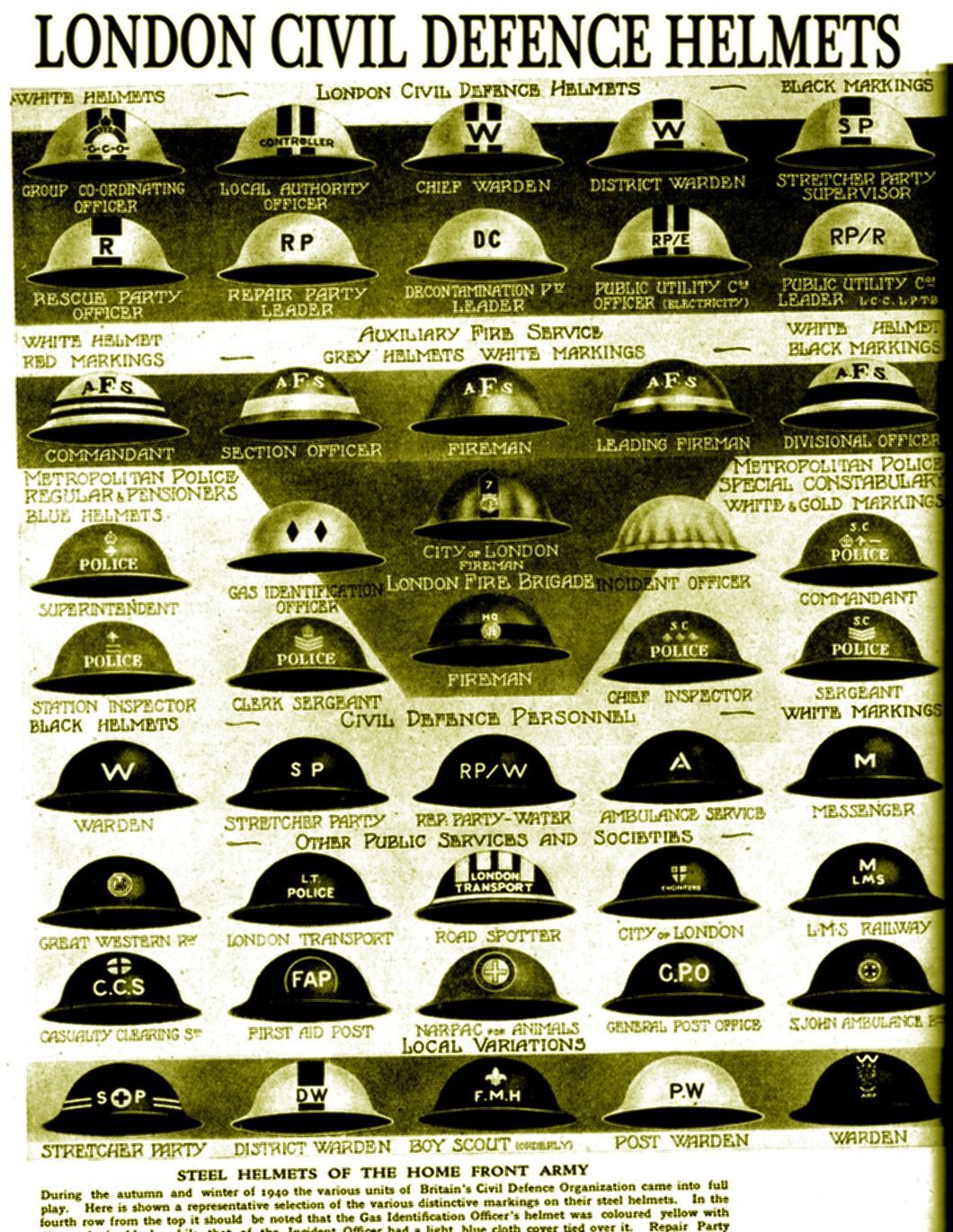
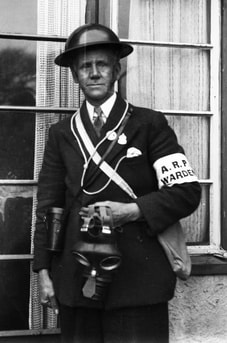
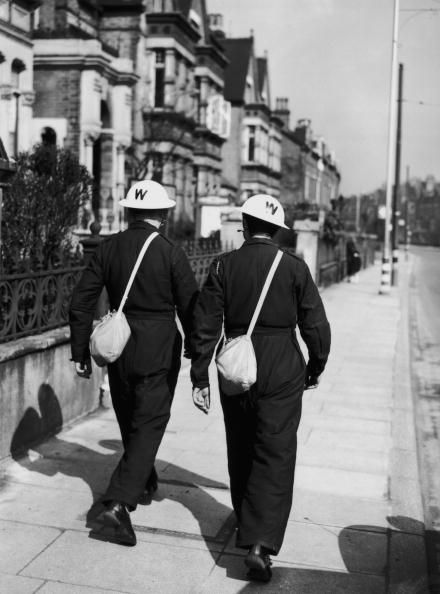
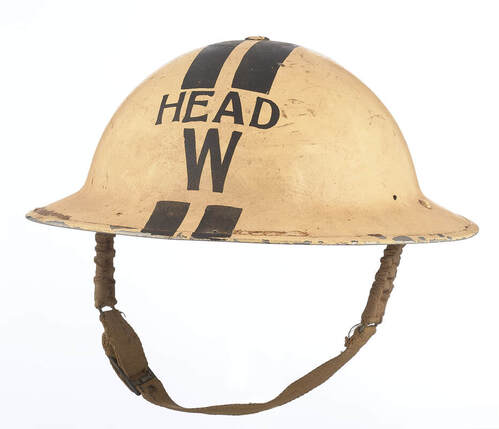
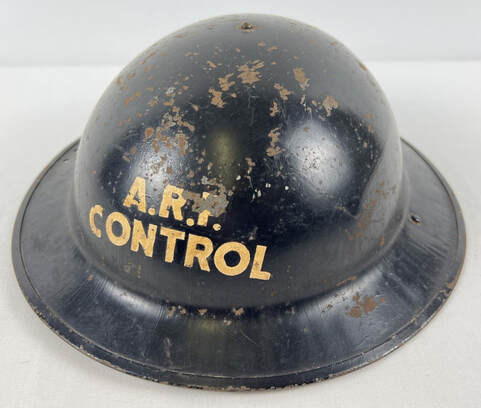
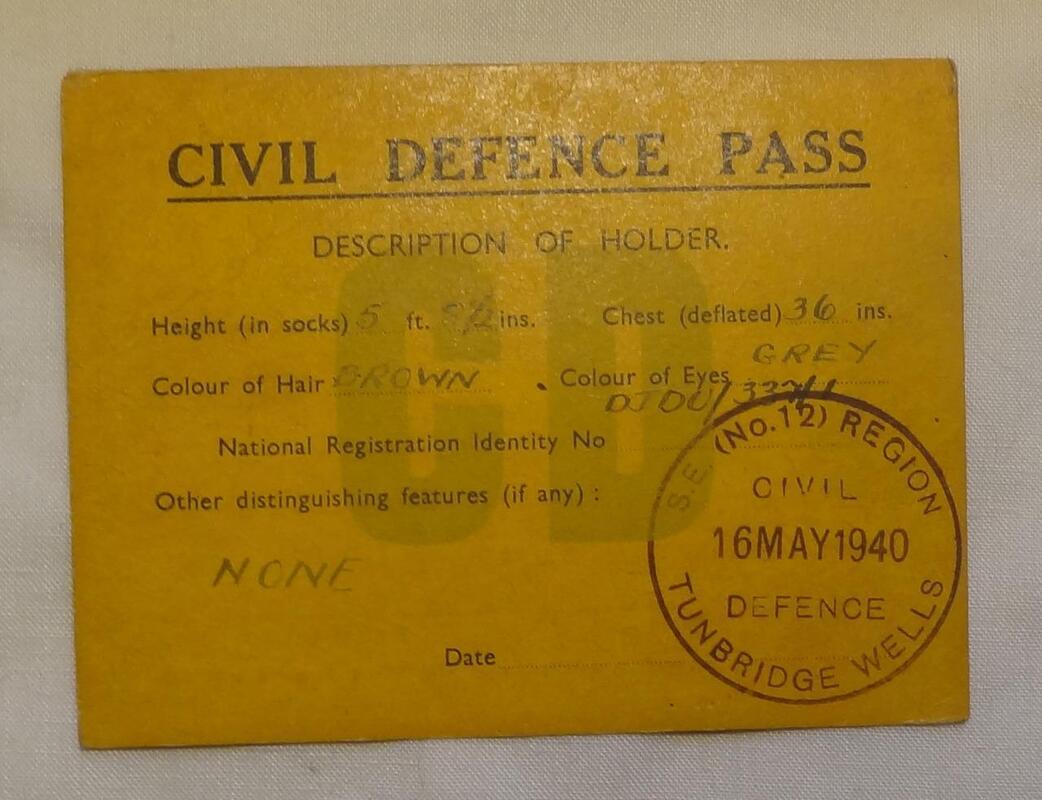
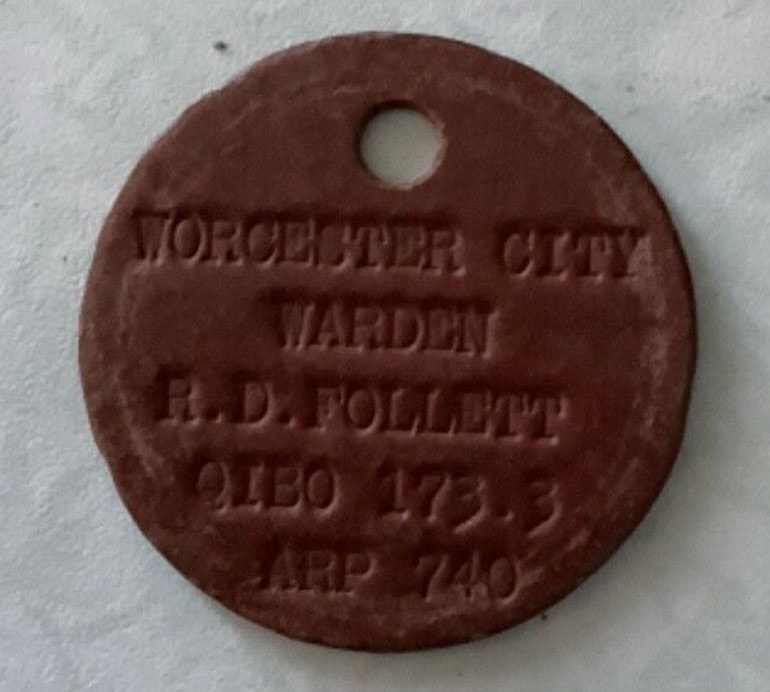
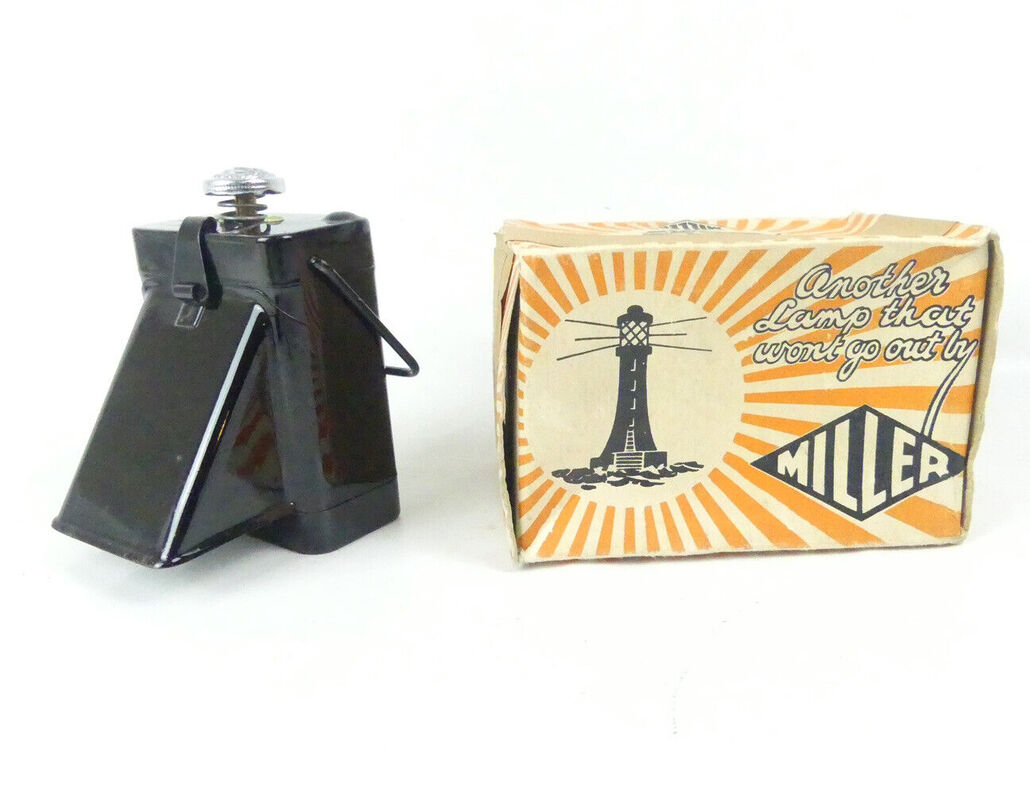
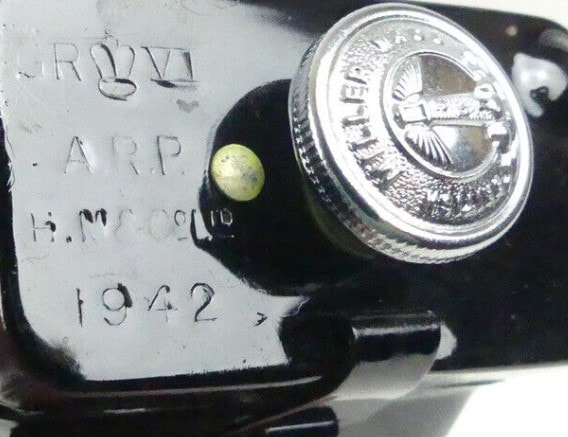

 RSS Feed
RSS Feed